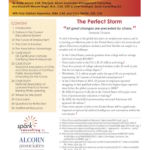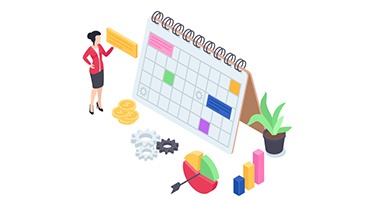 With many millennials having challenges finding the right work opportunities, associations are uniquely positioned to support them by offering education opportunities. By offering industry specific education opportunities, associations are able to address the workforce needs of their current members while also providing the knowledge to their newest potential members. A recent white paper by Shelly Alcorn, CAE, Principal, Alcorn Associates Management Consulting, and Elizabeth Weaver Engel, M.A., CAE, CEO & Chief Strategist, Spark Consulting LLC called, “The Association Role in the New Education Paradigm,” addresses this issue, and they were kind enough to answer a few questions.
With many millennials having challenges finding the right work opportunities, associations are uniquely positioned to support them by offering education opportunities. By offering industry specific education opportunities, associations are able to address the workforce needs of their current members while also providing the knowledge to their newest potential members. A recent white paper by Shelly Alcorn, CAE, Principal, Alcorn Associates Management Consulting, and Elizabeth Weaver Engel, M.A., CAE, CEO & Chief Strategist, Spark Consulting LLC called, “The Association Role in the New Education Paradigm,” addresses this issue, and they were kind enough to answer a few questions.
What are the two main takeaways of the white paper (in your opinion)?

Shelly: First, the educational system as we know it is a system that evolved to meet the social and economic needs of the time in which it was designed. It was initially a creative act. Now that times have changed again, we can give ourselves permission to engage in a process of reinvention. Not only can we put our heads together and reimagine a better educational system for children and adults alike, but I believe we have an ethical imperative to do so.
Second, the problems are real. We took an evidence-based approach and the data seems clear – we are in a time of major transition. There are scores of knowledgeable, talented educators working every day to retool these systems but it is going to require an “all hands on deck approach.” Associations can help and we have the opportunity to expand our efforts to solve problems in the ways only we can.










